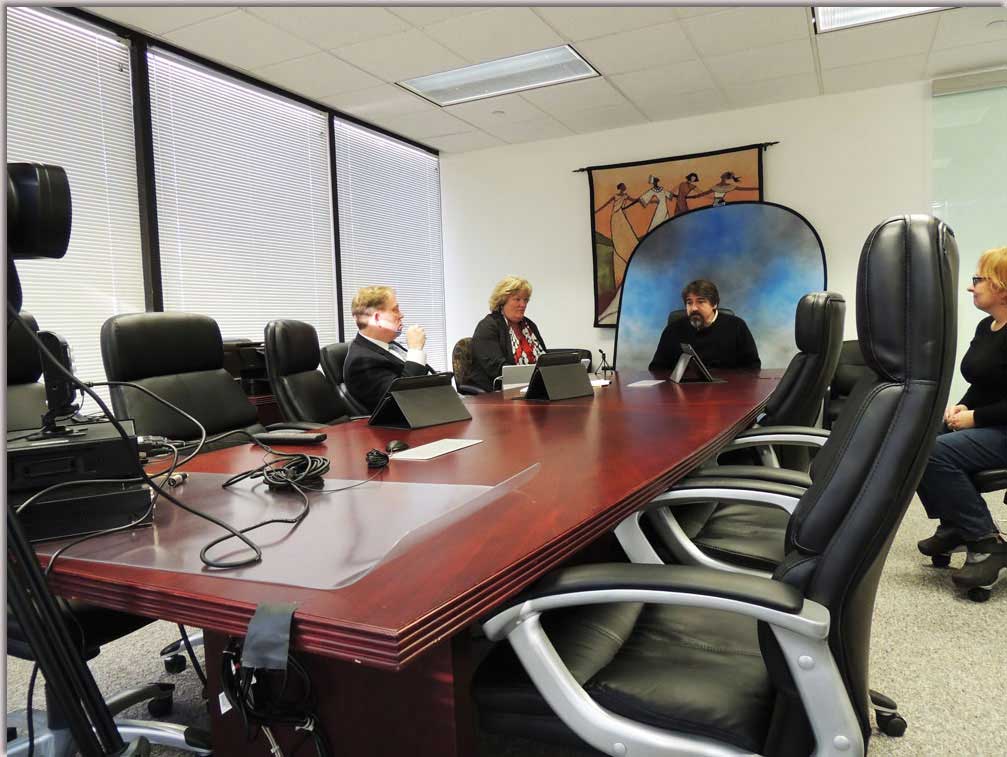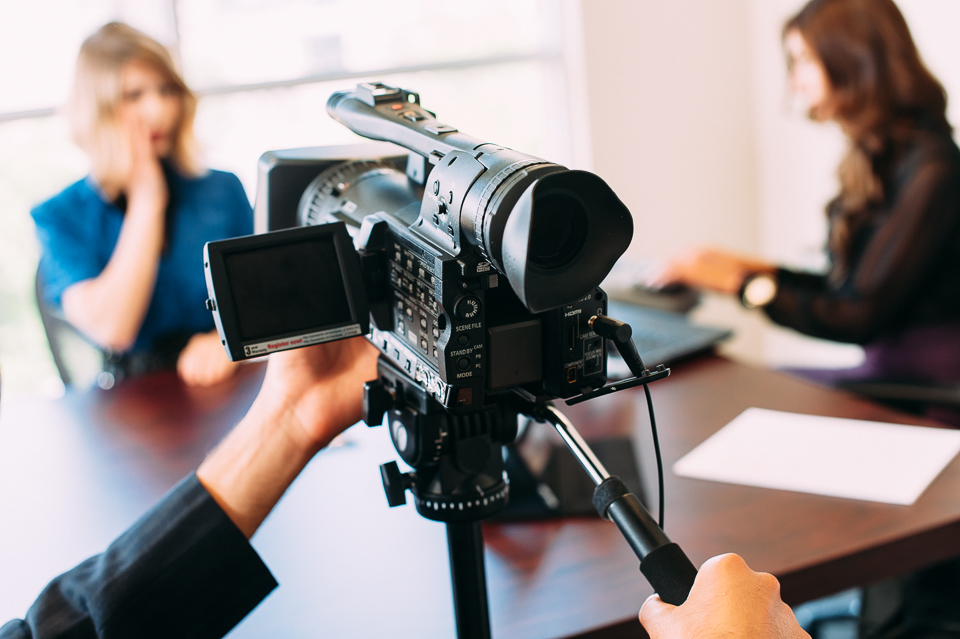Exploring the Systems of Lawful Videography: Introduction Its Procedure in Shielding Authentic Visual Statement for Judicial Proceedings
In the realm of judicial process, the role of lawful videography stands as a cornerstone in maintaining and providing aesthetic evidence. As modern technology continues to advance, the systems behind legal videography have actually become significantly elaborate, offering a crucial layer of authenticity to testimonies captured on video clip.
Historical Development of Legal Videography
Taking a look at the historic development of legal videography reveals a considerable makeover in the recording and discussion of aesthetic evidence within the lawful landscape. In the past, legal procedures greatly counted on written photographs and transcripts to document events and give evidence. With the arrival of video innovation, the legal industry observed a paradigm shift in just how aesthetic statement was recorded and offered.
The development of legal videography can be mapped back to the late 20th century when improvements in video clip recording tools made it extra accessible for use in court rooms. This technological innovation not only boosted the precision and integrity of aesthetic proof however also reinvented the means instances were offered to courts and judges (Legal Videography). Attorneys began to acknowledge the persuasive power of video recordings in conveying feelings, subtleties, and non-verbal cues that composed records or photos alone might not record successfully

Technology Improvements in Video Clip Paperwork
What vital technical developments have changed video clip paperwork in the lawful field? The legal area has actually seen significant innovations in video clip documentation innovation that have boosted the authenticity and reliability of aesthetic evidence in judicial proceedings.
Moreover, improvements in video encryption and watermarking modern technologies have actually reinforced the protection and tamper-proof nature of video clip evidence, guarding it against unapproved alterations or tampering. In addition, the development of cloud storage space options and remote accessibility capabilities has structured the storage, retrieval, and sharing of video evidence, promoting smooth cooperation amongst lawyers and guaranteeing reliable access to crucial aesthetic statements when required. These technological developments in video clip documentation have unquestionably changed the legal field, enhancing the precision, trustworthiness, and admissibility of aesthetic evidence in judicial proceedings.
Duty of Legal Videographers in Court Room Setups
The evolution of video clip documents innovation in the legal area has necessitated an essential role for lawful videographers in court settings, making certain the stability and reliability of aesthetic statements presented throughout judicial procedures. Lawful videographers play a basic role in recording and protecting accurate aesthetic evidence that can be crucial in court cases. Their duty prolongs to establishing devices, recording process, and producing high-quality video clips that accurately show the events in the court room.
In court setups, legal videographers have to adhere to rigorous guidelines and criteria to maintain the credibility of the aesthetic record. They have to possess a keen eye for information and a complete understanding of legal procedures to make certain that the footage they record is a real representation of the occasions that took place. Furthermore, lawful videographers frequently function closely with legal groups to make sure that the video proof aligns with the situation's demands and can be efficiently provided in court to sustain the lawful debates being made. Generally, the role of legal videographers in courtroom settings is essential in upholding the concepts of justice and ensuring the transparency of legal procedures.

Ensuring Admissibility and Honesty of Video Evidence
To keep the reliability of aesthetic proof presented in legal process, guaranteeing the admissibility and stability of video clip evidence is an essential responsibility for lawful videographers. Admissibility describes the acceptance of evidence by the court, and for video proof to be admissible, it has to meet specific requirements. Lawful videographers play a crucial function in making sure that the videos they capture follow the regulations of evidence, such as relevance, authenticity, and integrity.
Honesty of video clip proof includes preserving the originality and accuracy of the footage from the time it is videotaped up until it is offered in court. This consists of securely keeping the video data, recording the chain of safekeeping, and stopping any kind of meddling or modifications. Lawful videographers must adhere to strict methods to assure the stability of the video evidence and prevent any kind of obstacles to its authenticity.
Future Trends in Legal Videography
Given the increasing dependence on modern technology in legal proceedings, lawful videographers are positioned to embrace innovative innovations forming the future of browse around this site visual testimony capture and discussion. One of the prominent fads coming up is the combination of virtual fact (VIRTUAL REALITY) and enhanced fact (AR) innovations into lawful videography. These innovations have the potential to revolutionize how visual evidence exists in courtrooms, allowing juries and courts to immerse themselves in the scene of the criminal activity or occurrence.
Additionally, making use of man-made intelligence (AI) algorithms for video clip evaluation is expected to simplify the process of assessing and evaluating huge amounts of video clip footage. AI can assist in determining key moments, abnormalities, and patterns within videos, improving the efficiency of legal examinations.

Verdict
Finally, legal videography has actually played an essential duty in supplying authentic aesthetic proof for judicial procedures. Via technological innovations and the experience of legal videographers, the honesty and admissibility of video proof are ensured in court setups. As legal videography proceeds to develop, it will certainly be important to support standards that keep the accuracy and reliability of aesthetic testament for the future of legal process.
Analyzing the historic development of lawful videography reveals a considerable transformation in the capturing and presentation of aesthetic proof within the lawful landscape.The evolution of video paperwork modern technology address in the legal field has required an essential function for lawful videographers in court room settings, guaranteeing the stability and integrity of visual testimonies provided throughout judicial process. Additionally, legal videographers commonly function carefully with lawful groups to make sure that the video clip proof lines up with the situation's demands and can be properly offered in court to sustain the lawful disagreements being made.To preserve the reputation of aesthetic proof offered in lawful procedures, making sure the admissibility and stability of video evidence is a crucial responsibility for lawful videographers. As lawful videography proceeds to progress, it find more information will certainly be vital to maintain requirements that preserve the accuracy and integrity of aesthetic testimony for the future of lawful process.
Comments on “How to Pick the very best Legal Videography Service for Your Demands”